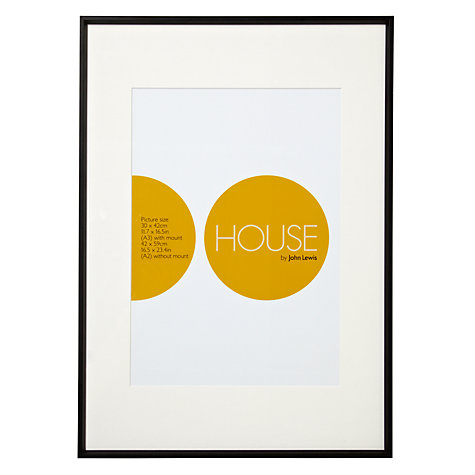What did Russell Brand actually say?
In the interview with Evan Davis on Newsnight Russell Brand went on to talk about how the public needs to come together to fix the errors in society. Rather than speaking about this in full I feel Brand was pushed by Davis to speak about topics that would cause controversy, which has been noticed by The Times as they said that Newsnight were ‘chasing viewings’. Brand himself said that he is no revolutionist or anything special, in fact near the start of the interview he said politicians can’t be trusted and stated “I’m not suggesting they start trusting me, an entertainer, I’m a comedian who looks like Jesus”. So I feel that Brand is very self-aware and realises that the politicians and many others won’t take him seriously due to his profession but “as an entertainer, as a comedian, can use [his] voice to amplify people pursuing just-causes.”
The issue of 9/11 comes into play when Davis goes completely off topic and quotes Brand from his book suggesting that the attack on the twin towers was an inside job. Brand goes on to say he’s “open minded” to many possibilities and questions Davis on whether he trusts the US or British government. When pushed further with a direct question, he responds and tells Davis that he doesn’t “want to talk about daft conspiracy theories on Newsnight”, something that many articles left out of their reports.
Twitter
To get some public opinions on this topic I went to
Twitter as I feel this is a place where many people voice their views whether people want to know them or not. To do this I simply searched ‘Russell Brand 9/11’ and got thousands of results dating back to when the Newsnight interview first aired. The vibe I got from most of the Tweets is that people don’t particularly like Russell Brand, and even more so now. The celebrity turned revolutionist is getting widely accused of purposely being controversial to promote his new book; ‘Revolution’, but I think this is unfair as he clearly stated he didn’t want to discuss the “daft” conspiracy theories, yet he was pushed into voicing his thoughts on the issue then being criticised and mocked for what he believes.
On the other hand I did spot a few tweets saying that Brand was “brave” for saying “what needed to be said”. This opinion is definitely the minority but it shows that Brand isn’t completely alone in thinking 9/11 was an inside job, and that his ‘followers’ or supporters think it’s good that someone with a high profile has come out and said what many think.
Newspaper Headlines
"Another ‘Newsnight’ interview, another row as Brand tries his hand at 9/11 theorist." -The Independent
The headline to this article sets up the tone of voice and views of the writer straight away as it almost makes a joke about Brand and what he said. The term ‘tries his hand’ makes out as if it’s a new career path he’s chosen; to add to the list of comedian, actor, presenter and revolutionist. The article focuses on how he doesn’t trust the US or UK government, and how he is ‘open minded’ about who was behind the 9/11 attacks. It also touches upon how the day after the attacks he went into work at MTV dressed as Osama bin Laden, trying to reinforce how wrong Brand is and how he can’t be taken seriously as he has no compassion for the victims or the families.
"Don’t put all your faith in Russell Brand’s revolution." -The Guardian
This article is without a doubt against Russell Brand. The writer compares him to a power-mad leader from Woody Allen’s 1971 comedy ‘Bananas’, and keeps this reference going throughout the text. Apart from the little section on his 9/11 views, described as ‘blathering on’, it’s mostly about how little knowledge he has about real world politics or what he’s really talking about. Lacking in ‘specifics’, ‘ability’, ‘judgement’ and being able to ‘listen to people other than himself’ he does get credit for ‘making politics seem sexy to teenagers’. This comment is very insulting to Brand I feel, as it suggests his views and ideas are only appealing to that of the younger generation who are possibly not experienced enough to realise what really needs to happen in politics for the country to work. This could also be linked to how the writer described Brand during the interview, with words such as ‘funny’, ‘bright eyed’ and ‘dizzying’, makes him come across as an excited teenager, rather than a grown man trying to get his thoughts and views heard.
"Newsnight attacked for Brand interview on 9/11 conspiracy." -The Times
This articles differs from the other two and from anything I’ve read online. This is due to the fact instead of criticising Brand for what he said, they focus on how Newsnight has been critised for using Brand to boost ratings. The Conservative MP Philip Davies said that the interview was “rubbish” for such a serious news programme. It also has the other side of the argument with BBC defending the interview saying that Brand is able to voice the “anti-politics mood that all British politicians are currently struggling to engage with.” This is the most informative, fair piece of writing on the matter that I’ve seen so far due to the fact it doesn't complain about Brand’s views or what he may have said or done in the past, it just informs.
















































